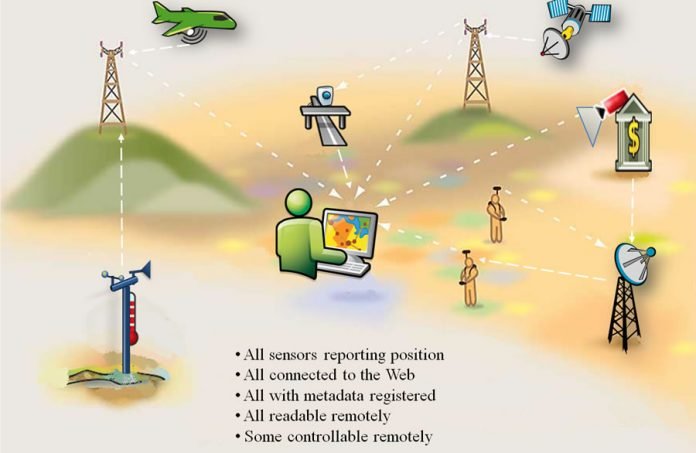Last Updated on January 8, 2022 by binkhalid
Today, worldwide businesses are giving importance to GIS. It has a broad range of practice in different business industries, marketing, criminal, justice, public administration and as a result, almost every company wants to hire someone who has specific knowledge of GIS education and courses. You can say a candidate with GIS knowledge can stand out from the other candidates in the interview section. Apart from that, many colleges, schools, universities are taking GIS as their core classes like math, English.
Nowadays, almost every industry is enjoying the advantages of GIS. Education is not an exception. In this below article we will discuss about GIS that matters in Education.
Table of Contents
What is GIS
GIS is a Geographic Information System that gathers, manages and analyses data. With the help of Geographical science, it can integrate any type of data. Using maps and other 3D location, it can analyze the particular location and visualize the information in an organized way. It provides a deeper insight into the data which includes various patterns, relationships and situation that help the user to take decent decision.
Today, thousands of organization including education, insurance, petroleum, real estate, sustainability, transportation, health, manufacturing, public safety, retail even government take help of GIS technology for communicating, performance analyzation and for sharing information. As per the users, this is the utmost way that change the way of works.
What does a GIS do
Practically, GIS can do a lot of things. In a short and simple answer, GIS can visualise a data in a simple way like any map, graph or chart. Basically, as the human being, we prefer to have a data in any easy visualise pattern. Here is what a GIS do. Sometimes this is too difficult to understand a data in any spreadsheet, but if it can be presented in a visually engaging format like a graph, chart or map.
On a map, data can be visualised in many ways. Some ways like plotting markers, color coding , heat maps for identifying the clusters, pattern and etc. GIS also allow to ask any complex questions and queries as GIS speak type. GIS basically answers these questions instantly with the help of colors, shapes, location highlights from the map.
GIS in education
With GIS technology, powerful decision making toolkit helps in taking decision in educational administration, instruction and educational policy. With GIS, you can get a organized way to manage everything about monitoring campus, safety, mapping campus, cable, school bus routing, and also where to close the school and where to open a new even in recruitment demand. GIS also helps students to understand their content, not only geography but also in history, geography, mathematics, environmental studies and other language arts. With its inquiry driven, problem solving standard set of tasks the students can get a nice and smooth career on demand pathway. GIS helps them to think the question critically and to use real data when communicating with their own community.
Progress in adoption of GIS in education
GIS provide a inquiry and problem based learning, ready to use lessons, professional development training and improved computer access. The adoption of GIS education has spread in many countries around the world like Australia, Japan, China,India, Turkey, Lithuania and elsewhere. At the University level, the web based GIS coding, GIS education and courses is increasing its demand. Today, most of the online courses and other e learning formats want to recruit people who are knowledgeable about GIS and can modify the way of learning programs with GIS system. In different fields, GIS is continuing to expand like health programs, data science program and business programs.
Types of GIS education
- GIS in universities: Most of the universities teach GIS as a skill course just like other subjects like statistics and computer science. In graduation level, the students are taught about more technical and abstract aspect of GIS. Here the students study one intensive year to learn about GIS and how to apply it in detailing a project.
- Online courses in GIS: In an online environment, basically GIS is taught to train the working professionals. GIS Online courses offer flexibility to the professionals, so that they can take out time according to their schedule. Online GIS courses are categorised in three parts which are content specific digital course, hybrid format where the students meet teachers face to face for specific lessons and the three is completely online and here the students never meet the instructors face to face.
- GIS for professional development: This is a great opportunity for them who want to be GIS expert but currently not working with GIS. A broad range of educational options are available for them which Includes University courses, seminars with short presentation vendor courses, workshop in conference, professional workshop and self study.
These all about GIS technology in education. The way of education is changing and modifying. GIS is a part of it that has helped it to reach its pinnacle.
Image Credit: esri.com






















